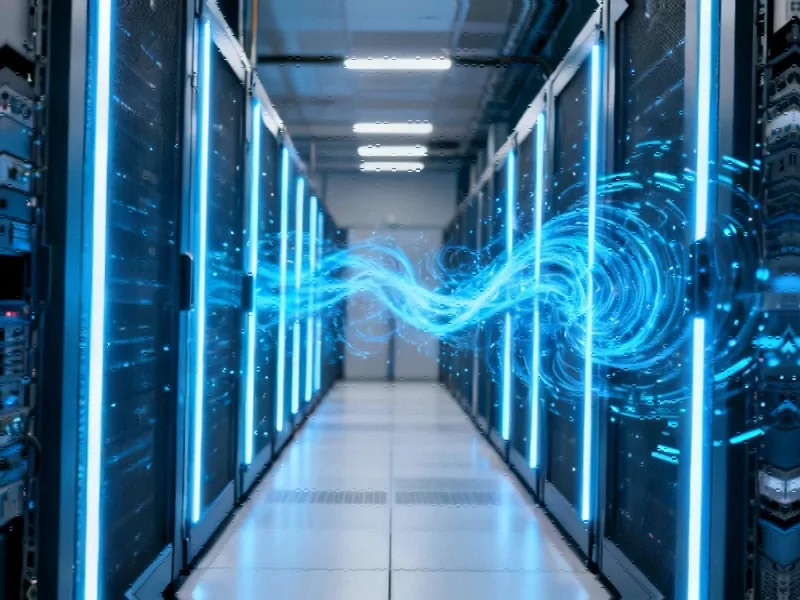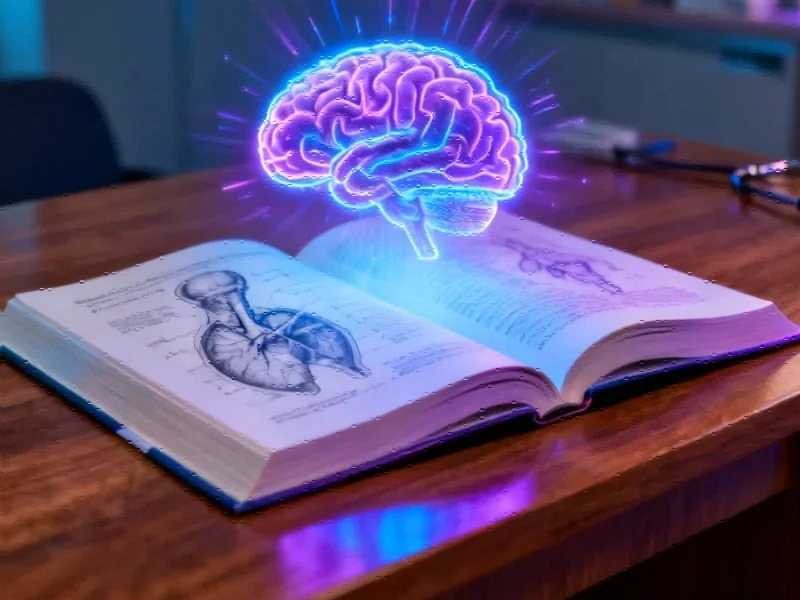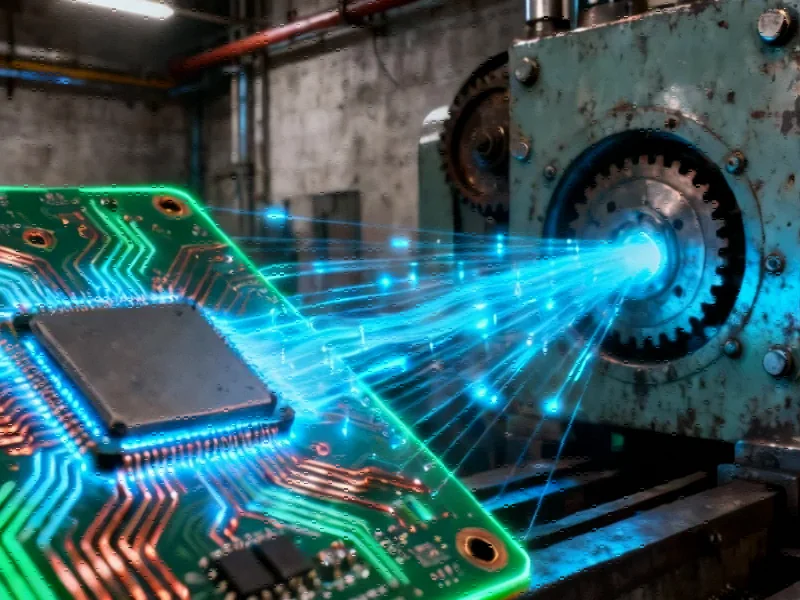The AI Construction Revolution
The rapid adoption of artificial intelligence technologies is creating what industry experts describe as a “perfect storm” of transformation in data center construction. According to reports from industry leaders, once-standard practices that served traditional enterprise data centers are becoming outdated almost overnight as AI workloads present entirely new infrastructure requirements.
Specialized Cooling Demands
Sources indicate that the shift to liquid cooling represents one of the most dramatic changes affecting data center construction. While traditional facilities relied on raised floors and perimeter cooling, AI workloads are forcing the adoption of cooling distribution units with secondary chilled water loops. These systems require specialized welding capabilities and stronger structural designs to support heavier thermal management systems, creating a domino effect on construction timelines and processes.
Analysts suggest that these aren’t minor variations but represent fundamentally different infrastructure approaches. “Data center builders are now experiencing ‘hard right and hard left’ requests from different customers,” according to industry reports. One client might need complete air-cooling for network infrastructure while another requires extensive liquid cooling equipment for GPU-intensive operations.
Supply Chain Transformation
The report states that supply chain constraints add another layer of complexity to AI data center construction. Traditional procurement approaches are proving inadequate for sourcing specialized materials such as high-grade copper components or stainless steel piping and control valves. This has led to limited availability and extended lead times that threaten project timelines.
In response, construction firms are going two to three tiers deeper into the supply chain than in the past. Instead of working exclusively with switchgear vendors, companies are forming direct relationships with breaker manufacturers and cable suppliers. This deeper engagement creates a partnership model where suppliers actively participate in project success rather than simply fulfilling purchase orders.
Critical Labor Shortages
Specialized mechanical and electrical trades are in critically short supply, creating what sources describe as the most challenging aspect of AI data center construction. Estimates suggest North America requires an additional 439,000 new workers to meet pending construction demand for data center projects. Additional research indicates the total number of unfilled skilled trade jobs could reach two million by 2033.
Builders reportedly need to forecast labor requirements up to three years ahead and bring contractors into pre-construction activities three to six months earlier than traditional schedules. Instead of conventional bidding procedures, owners are engaging contractors in design evolution and resource planning before breaking ground. These industry developments reflect the growing complexity of technology infrastructure projects.
Economic Implications
The growing labor gap can force construction timelines and costs into unpredictable territory where past relationships with general contractors and current project management processes could prove insufficient. Projects that begin with predictable labor costs often face dramatic shifts, with reports of 20% to 30% price increases for mechanical and electrical trades between phases of the same development.
This new reality involves sourcing qualified workers from other markets with increased per diem costs and competitive wages. Labor escalation is now recognized in multiple active developments and markets, reflecting broader market trends affecting technology infrastructure.
Industry Adaptation
While these challenges are unprecedented, they may also present new opportunities for operators who can identify innovative solutions early in the process. The infrastructure supporting artificial intelligence requires flexibility that adapts to customers’ changing requirements, offering multiple configurations for power, space and cooling without complete redesigns.
Recent related innovations in technology partnerships demonstrate how companies are adapting to these new demands. Similarly, recent technology implementations across various sectors show the expanding influence of AI infrastructure requirements.
The transformation extends beyond construction methodologies, affecting broader technology ecosystems as evidenced by industry developments in cloud infrastructure and service delivery. As the AI revolution continues to accelerate, data center construction must rapidly evolve to support the next generation of computational demands.
This article aggregates information from publicly available sources. All trademarks and copyrights belong to their respective owners.
Note: Featured image is for illustrative purposes only and does not represent any specific product, service, or entity mentioned in this article.



